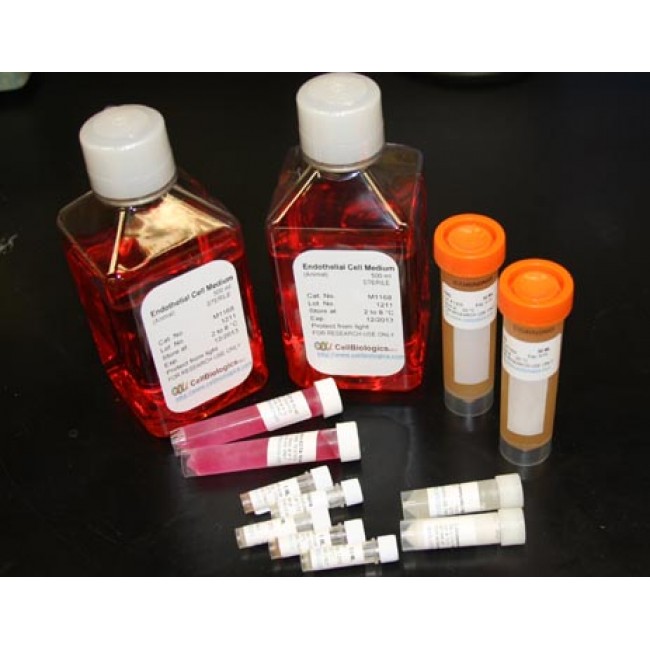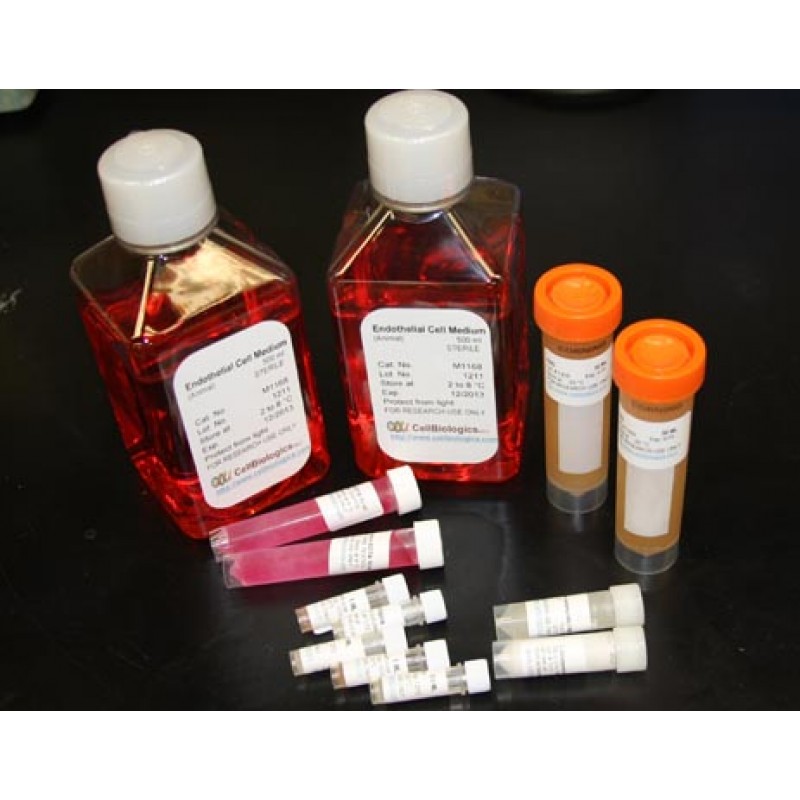Mouse IL-13 is produced primarily by activated Th2 cells. Human IL-13 is expressed in activated T helper cells (resembling Th0, Th1, Th2), and T cells expressing CD8. The alpha chain of the IL-13 receptor has weak binding activity for IL-13. High affinity receptors are formed when the receptor alpha chains of IL-13 and IL-4 receptors are coexpressed. The receptors for IL-3 and IL-4 share a component, a common gamma subunit that is found also in the IL-2 receptor. Different IL-13 receptor structures have been shown to exist on various cell types and the IL-13 receptor may share more than one component with IL-4 receptor. IL-13 down-modulates macrophage activity, reducing the production of pro-inflammatory cytokines and chemokines in response to IFN-gamma or bacterial lypopolysaccharides. IL-13 enhances the production of the IL1 receptor antagonist IL-1ra. IL-13 also decreases the production of nitric oxide by activated macrophages, leading to a decrease in parasiticidal activity. IL-13 induces differentiation of human monocytes, enhances survival time in culture, and also induces differentiation and proliferation and isotype switching in B-cells.


